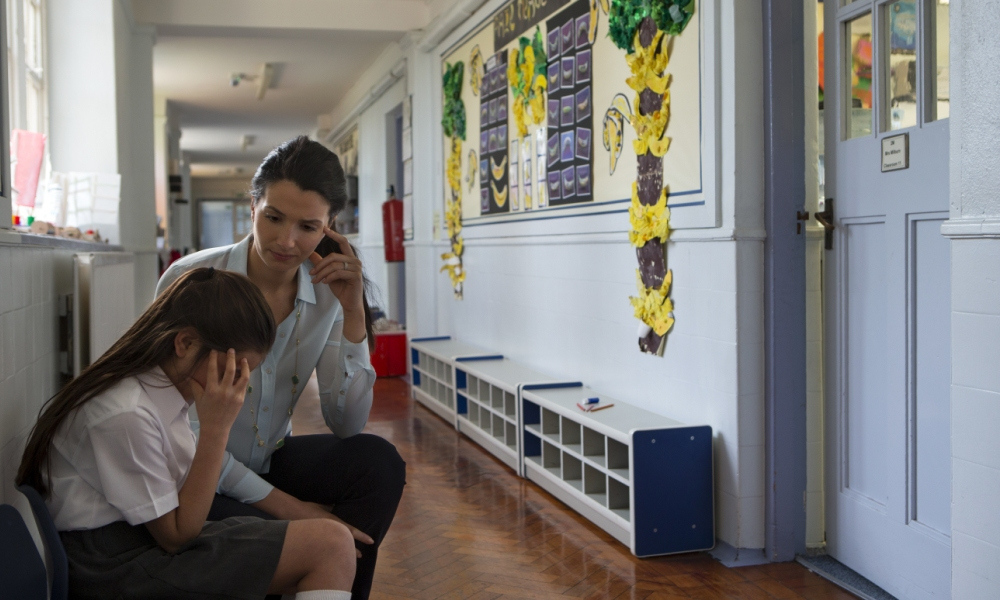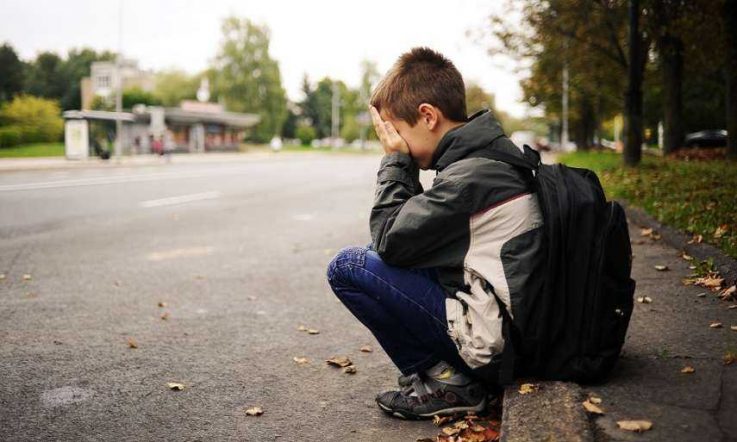How are schools in Australia addressing issues of bullying and cyber bullying? How effective are the various preventative and intervention strategies used?
Exploring these questions in a new research study, Professor Ken Rigby found a range of strategies are being employed with varying degrees of success. Educators also signalled a need for training and professional development in how to deal with cases.
The small-scale study involved 25 government schools in six states or territories – 16 primary schools, five secondary schools and four combined. All the schools self-selected to participate. Detailing his findings in the Australian Journal of Education (AJE), Rigby says ‘Despite the continual rise in research into school bullying worldwide, comparatively little has been reported on actions that have been taken by schools to counter the problem.'
Writing and sharing an anti-bullying policy
All of the schools involved in the Australian study reported that they had a written anti-bullying policy, but there were differences when it came to how it was shared. The majority published it on their website and discussed it with staff, students, parents and school board or school council members, but seven of the 25 didn't discuss it with parents. Rigby says that's significant, because research has shown teacher-parent cooperation is important in preventing and tackling bullying.
Teacher perceptions on the extent of the problem
Rigby asked teachers about the nature and prevalence of bullying at their school. Bullying by individuals was reported by all the schools, but two said bullying by groups didn't happen. ‘The most commonly occurring form of bullying across all 25 schools was students being ignored or left out, followed by being teased in a hurtful way …,' the academic writes in the AJE.
All schools said students were instructed to report any incidents to a teacher or counsellor, but 19 said this didn't mean they had to do it in person (in one case there was a ‘bully box' where students could send messages). All but one said they encouraged students to report cases of cyber bullying happening outside school.
Strategies, interventions and perceived effectiveness
At 23 of the schools, teachers were expected to talk about and discuss the issue of bullying in class. This included promoting respect, encouraging inclusiveness and teaching coping skills. However Rigby says that while 10 primary schools reported doing a ‘substantial amount' or ‘great deal' of classroom work on reducing the risk of cyber bullying, seven reported they did ‘little or none'.
In terms of the impact of different actions aimed at preventing incidents, classroom management was rated ‘positive' or ‘very positive' while addresses at assemblies and peer mediation were the least highly rated.
Staff were also asked to indicate how often their school had used six intervention methods in actual cases of bullying (direct sanctions; strengthening the victim; mediation; restorative practice; the support group method; and, the method of shared concern) and their effectiveness.
Rigby found that schools didn't rely on a single intervention, although the support group and shared concern methods were the least used. Restorative practice was considered the most effective. ‘However, despite comparatively frequent use of a range of direct sanctions, ranging in severity from verbal reprimands to suspension from school, as a method, direct sanctions was rated as the least effective, notably significantly less effective than restorative practice. … One possible explanation for this inconsistency is that teachers continue to respond in the traditional way to bullying incidents despite a growing awareness – not yet translated into action – that the use of sanctions is often ineffective in stopping the bullying.'
Where to from here?
The academic points out this is just a small-scale study and can't be considered representative, but it provides a basis for a larger study. It also gives an insight into what's happening and areas of need.
For example, the study participants wanted more effective training ‘especially in tackling cases of actual bullying'. Rigby, an Adjunct Professor at the University of South Australia's School of Education and Hawke Research, told Teacher this isn't being provided in pre-service teacher education and staff training should be part of a school's anti-bullying plan. ‘I think what is needed is a focus on (i) what to do about cases according to their nature and (ii) the evidence of effectiveness.'
He adds schools aren't typically aware of some of the more effective methods and related evidence and rarely feel they have ‘the time or incentive' to evaluate the effectiveness of interventions.
References
Rigby, R. (2017). School perspectives on bullying and preventative strategies: An exploratory study. Australian Journal of Education, First published date: January-16-2017, doi: 10.1177/0004944116685622
The full paper – School perspectives on bullying and preventative strategies: An exploratory study – is free to access in the Australian Journal of Education.
Professor Ken Rigby is the author of Bullying interventions in schools: Six basic approaches, published by ACER Press.
Does your school have a written anti-bullying policy? When was the last time it was updated? Has the policy been shared with all members of the school community, including parents?


